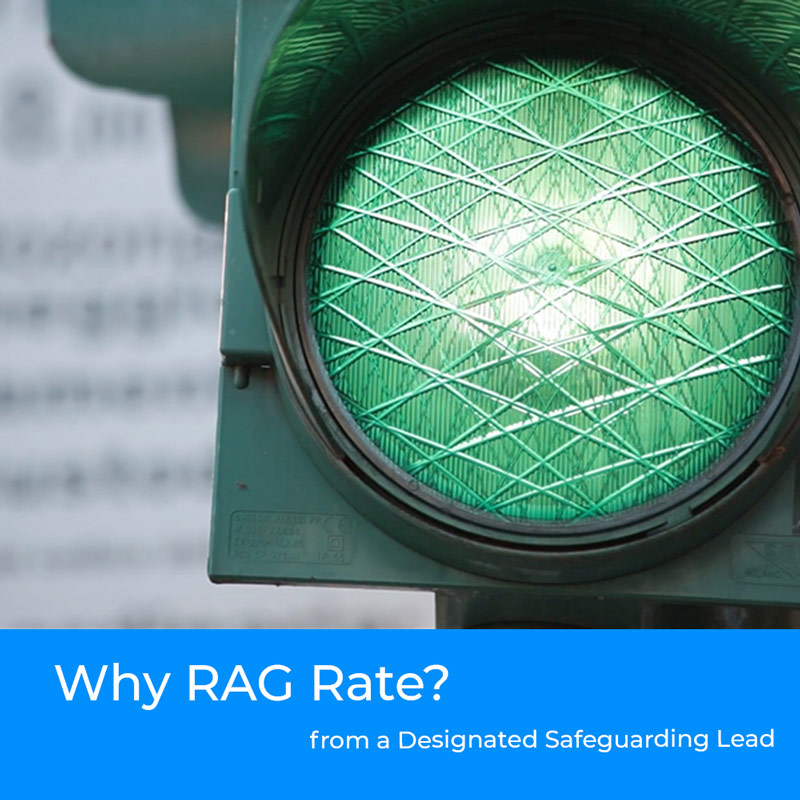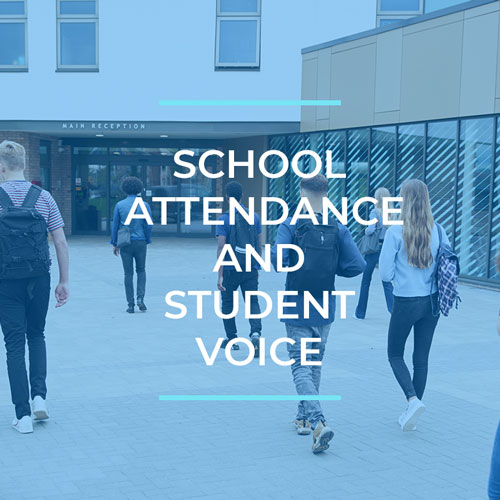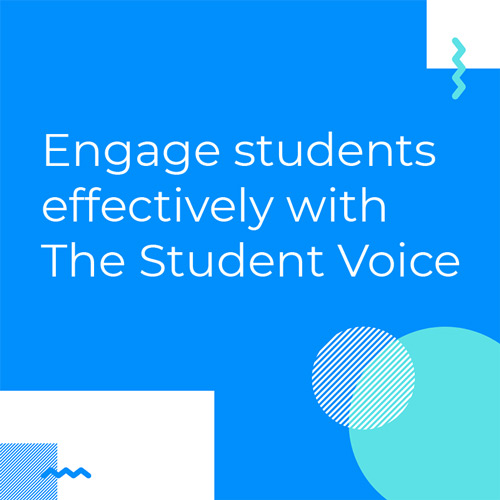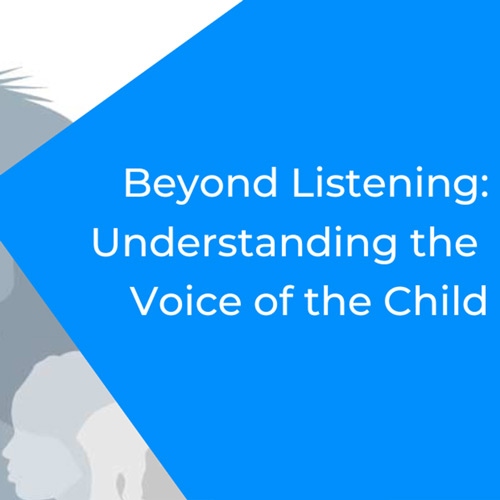The Context and issues have changed but the message remains:
Providing brave spaces that empower young voices will enable society to develop safer communities.
Creating brave spaces for young voices
In January 2021 we wrote about how the pandemic represented a challenge but also still a situation in which we can strive to advance how we safeguard young people. John F Kennedy’s alleged belief that the Chinese use two brush strokes to write the word ‘crisis’ became very relevant, where one brush stroke stands for danger: the other for opportunity. In a crisis, it is important to be aware of the danger – but recognise that this is also a time for change.
The context
The pandemic has been superseded by the failure of society to recognise and understand the context of issues that our young people face; including mental health. One in six children in 2021 suffer with a probable mental health disorder, and there is a building culture of sexual harassment and sexual violence, with 59% of young women aged 13-21 experiencing some form of sexual harassment at school or college in the past year.
Get our blogs sent straight to your inbox.
There has been a 33% increase year-on-year in referrals to NHS mental health services, with up to a year in waiting times and the NHS have stated ‘less than 1/3 of children and young people estimated to have a mental health condition were able to benefit from treatment and support’. Although we recognise these resource limitations, due to the reactive nature of our services, young people are unable to access help until they reach the criteria of crisis point for services such as CAHMS.
Social institutions are tasked with the challenge of mitigating the risks that young people face. However, health and social care authorities and the police will only ever be able to react and attempt to address harm that has already taken place due to their limited contact with young people; in contrast to the many hours children spend in school communities over the course of their childhood, and into adulthood.
Herein lies the potential to change for the better.
Schools and colleges live and/or work with young people daily, and therefore have this opportunity to listen and understand the unique experiences they have, in an authentic way. Schools can be a place for young people to be heard and understood, to be the institution that will listen, and to ultimately create a culture that seeks to prevent future harm through role modelling empathy, respect and understanding. Through providing varied and authentic channels for reporting, schools and colleges will succeed in both reducing barriers to reporting and creating a culture that prevents future harm.
We emphasise the importance of listening and understanding, over representing. As Dr Alex outlines during his documentary ‘Our Mental Health Crisis’ with Children in Need and in his appointed role as Youth Mental Health Ambassador, he wants to make sure we are genuinely listening to young people, not just speaking on their behalf. Dr Carlene Firmin’s research (Contextual Safeguarding and Child Protection: Rewriting the Rules, 2020) confirms this and recognises that adults will never fully understand the life experiences of young people.
Where does this leave schools, society, and young people?
The Contextual Safeguarding framework provides a genuine opportunity to change the way to keep our young people safe. The evidence from Everyone’s Invited and related research by Carlene Firmin (2015), highlights the severe limitations of our current approach. Harm takes place away from adult supervision, within contexts that are dominated by the social rules young people feel required to follow. Schools and colleges need systems and processes that encourage Information sharing and enable students to communicate with them about issues arising out of sight of teachers, pastoral team members and other members of staff.
Brave spaces for young voices
The Student Voice has been created, developed, and will continue to reflect this ever-present need for young people within our schools and society.
In the case of peer-to-peer sexual harassment and sexual violence, schools and colleges are in a position to educate society on how communities can safeguard young people through seeking to understand the context in which harm takes place, and by providing brave spaces that empower young voices and inspire society to develop safer communities.





